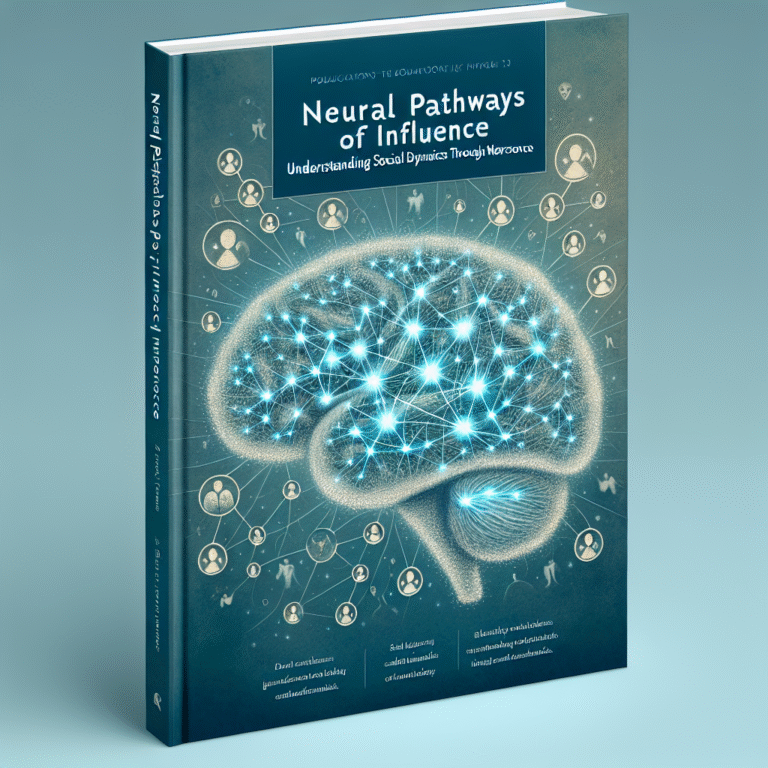
Introduction
Conflict is an inevitable part of human interaction—whether in personal relationships, workplaces, or community settings. While many view disagreements as a negative experience to be avoided, they can also serve as catalysts for growth and understanding when approached correctly. Navigating conflict: strategies for healthy disagreements isn’t just about finding compromise; it’s about fostering an environment of mutual respect, understanding, and constructive dialogue. This article aims to reveal effective strategies for turning conflicts into opportunities, providing valuable insights that enhance your ability to engage in healthy disagreements.
Understanding Conflict: The Basics
Before diving into the strategies for navigating conflict, it’s crucial to understand what conflict is. Conflict arises when individuals have differing views, needs, or values. While conflict often gets a bad rap, it is also a natural aspect of human relationships that can unveil deeper issues, encourage innovation, and improve relationships when handled appropriately.
Common Sources of Conflict
Key sources include:
- Differences in values: Personal beliefs often lead to strong disagreements.
- Miscommunication: Misunderstandings can escalate tensions quickly.
- Resource scarcity: Competition for limited resources can breed conflict.
- Personality clashes: Different personality types can create friction.
By recognizing these sources, we can better prepare to navigate conflict effectively.
Strategies for Healthy Disagreements
Navigating conflict: strategies for healthy disagreements can be distilled into several practical approaches, each designed to foster understanding rather than resentment.
1. Active Listening
Case Study: The Disputed Project
In a tech startup, a disagreement arose between the development team and marketing over a product launch strategy. The marketing team felt the timeline was too aggressive, while the development team believed they could meet the deadline. They initially spoke past each other, leading to frustration and delayed progress.
Analysis: By implementing active listening practices—where each team took the time to fully understand the other’s perspective—the teams were able to articulate their concerns. This led to a revised timeline that satisfied both parties, ultimately resulting in a successful launch.
Tips for Active Listening:
- Maintain eye contact: Engage visibly with the speaker.
- Nod and acknowledge: Use verbal nods like “I see” or “I understand.”
- Paraphrase: Repeat back what you heard, confirming understanding.
2. Stay Calm and Collected
During conflict, it’s essential to maintain composure. A calm demeanor allows for clearer communication and reduces the intensity of emotions.
Case Study: Family Feud
Consider a family divided over a financial estate issue. Tensions were high, discussions escalating into heated arguments where no real progress was made. One member decided to take a step back and suggested a cooler, later meeting.
Analysis: This approach allowed emotions to cool, resulting in a more rational discussion where all voices were heard.
Techniques for Staying Calm:
- Deep breathing exercises: Consciously slow your breathing.
- Take a break: Allow for a timeout if emotions rise too high.
3. Focus on Interests, Not Positions
Parties often get locked into fixed positions. Instead, it’s essential to articulate underlying interests to find common ground.
Case Study: Negotiating a Salary
During salary negotiations, an employee and manager focused on their fixed positions—the employee demanding a specific salary, and the manager hesitant to meet that figure.
Analysis: By discussing underlying interests—such as the employee’s financial needs and the company’s budget constraints—they identified a middle ground that involved performance bonuses tailored to mutual satisfaction.
4. Establish Ground Rules
Setting clear ground rules for discussions can create a safe environment for healthy disagreements.
Important Guidelines:
- No personal attacks: Focus on ideas, not individuals.
- Time limits: Prevent discussions from dragging out and becoming unproductive.
- Respectful language: Maintain a civil tone.
5. Collaborate for Solutions
Instead of viewing conflict as a win-lose scenario, consider collaborative approaches that can lead to win-win outcomes.
Case Study: Community Proposal
In a community project, residents were split between two competing proposals for park renovations. Instead of abandoning one in favor of the other, a collaborative workshop was held to combine the best elements of both.
Analysis: This collaborative effort fostered unity, resulting in a plan that addressed the concerns of both groups.
The Role of Empathy in Conflict Resolution
Empathy plays a crucial role in navigating conflict. Understanding the emotions and viewpoints of others can transform disagreements into collaborative problem-solving sessions.
Techniques to Cultivate Empathy:
- Put yourself in their shoes: Imagine how the other party feels.
- Ask questions: Show genuine interest in acquiring understanding.
- Reflect emotions: Validate the other person’s feelings.
Enhancing Communication Skills
Effective communication is essential when navigating conflict. Here are key elements that enhance communication:
Non-verbal Communication
Your body language, facial expressions, and tone of voice all convey messages that can either escalate or diffuse conflict.
Clarity and Conciseness
Being clear and to the point helps prevent misunderstandings. Avoid jargon and be straightforward in your messages.
Assertiveness
Being assertive—rather than aggressive or passive—can effectively convey your needs while respecting others.
Conclusion
In summary, navigating conflict: strategies for healthy disagreements empowers individuals to engage meaningfully, fostering growth and stronger relationships. Active listening, staying calm, focusing on interests, establishing ground rules, and collaborating lead to constructive disagreement outcomes.
Inspirational Takeaway
Conflict isn’t something to fear or avoid; it’s an opportunity for building better relationships and understanding. Embrace the challenge of disagreement as a journey towards growth; one that can help transform not just your views, but the very fabric of your relationships.
FAQs
1. What are the first steps to take when a conflict arises?
Start by recognizing the issue and understanding both your own and the other party’s viewpoints.
2. How can I improve my active listening skills?
Practice techniques such as nodding, repeating back what you’ve heard, and asking clarifying questions.
3. What if the other party refuses to communicate?
Maintain your calm demeanor and express your willingness to engage when they are ready.
4. How can I ensure a productive conversation?
Set clear ground rules and aim to focus discussions on interests rather than fixed positions.
5. What if conflicts escalate beyond my control?
If discussions become unproductive, consider seeking mediation or a third-party facilitator to help guide the conversation.
By employing these essential strategies for navigating conflict, you can approach disagreements with confidence and aim towards resolutions that benefit all parties involved. Remember, the goal is not to avoid conflict but to embrace it as a pathway to deeper understanding and stronger connections.











